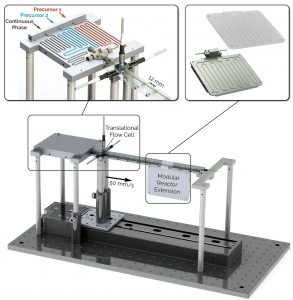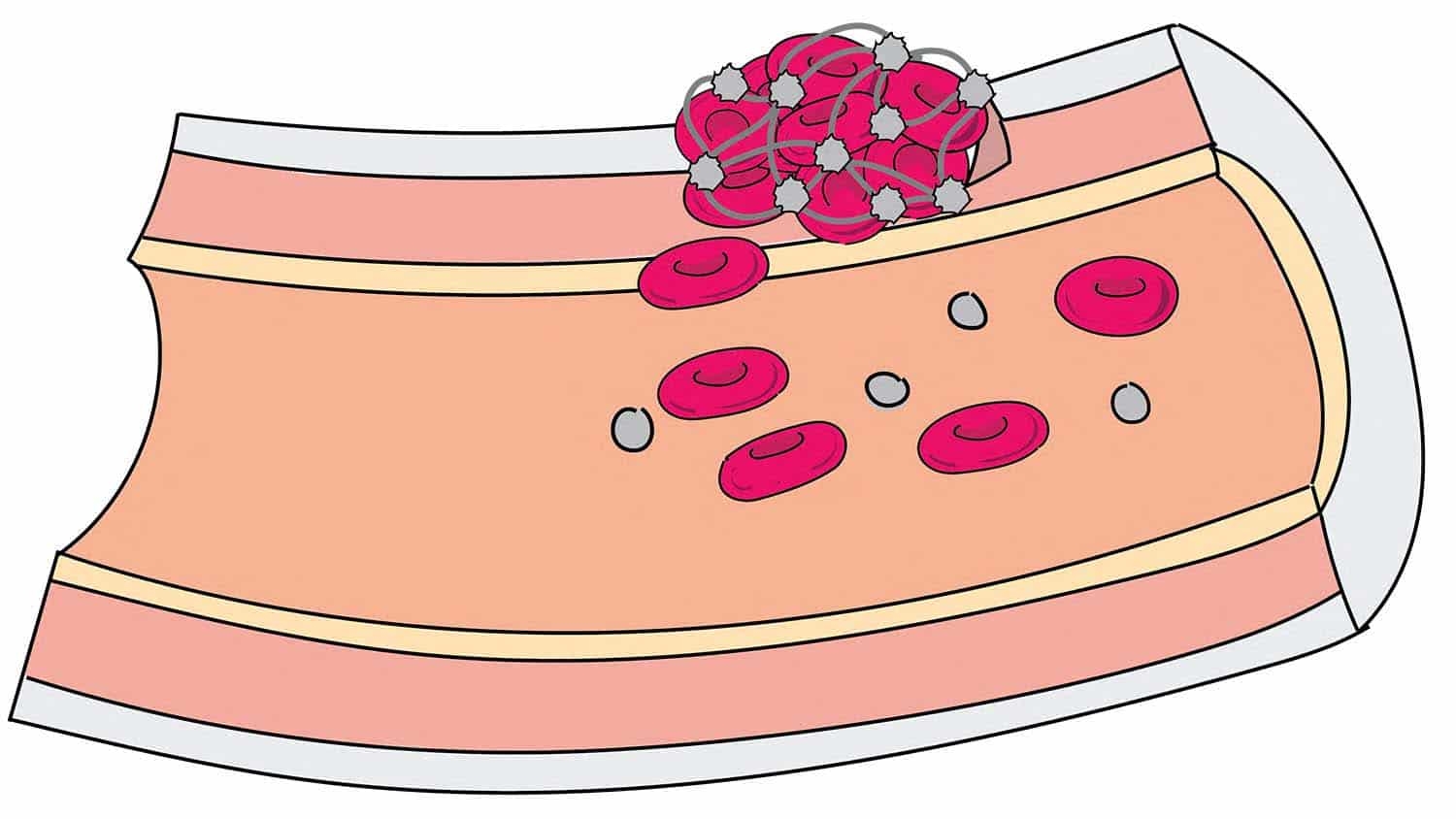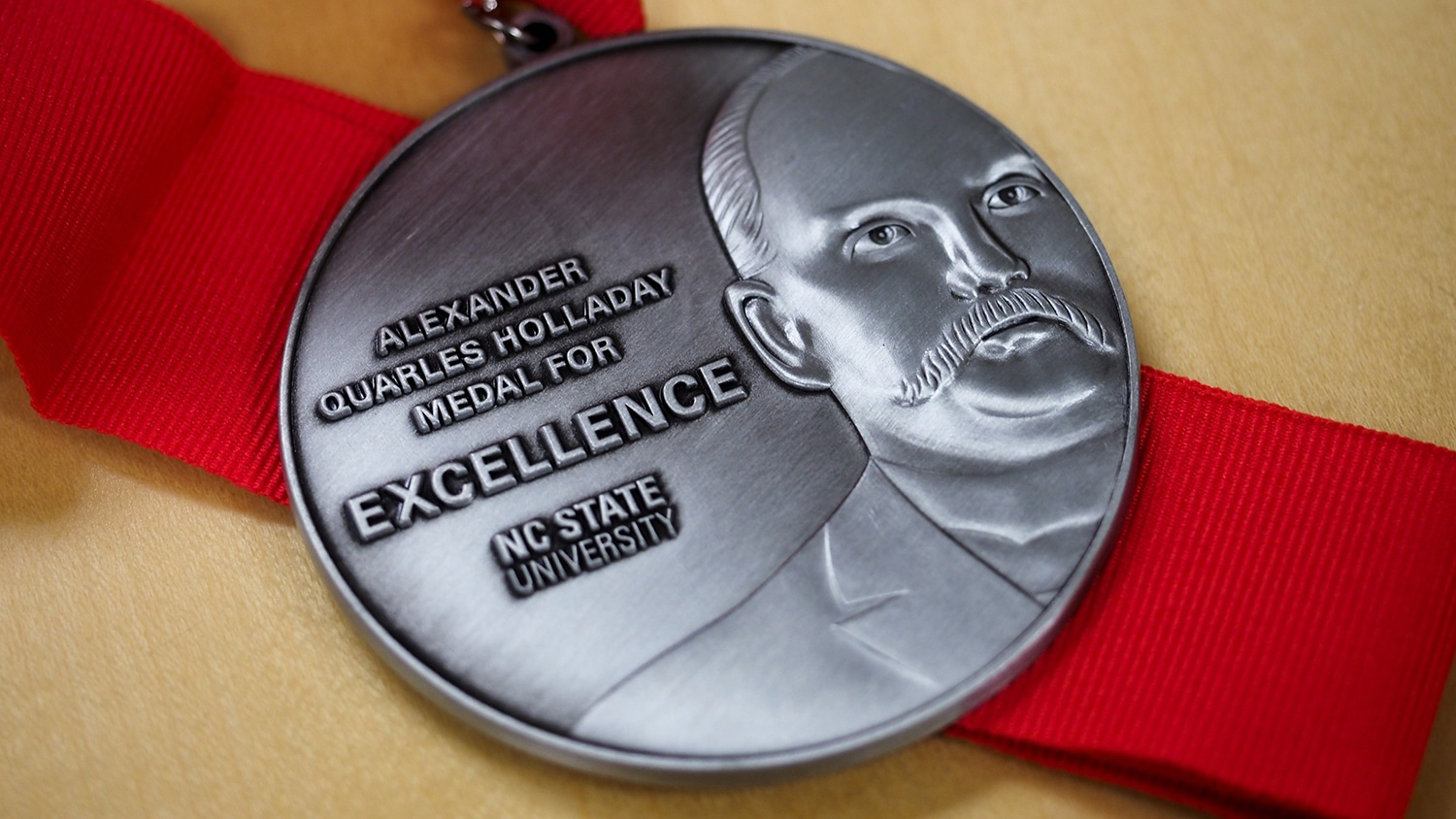Tech increases microfluidic research data output 100-fold
 Researchers have developed a technique that allows users to collect 100 times more spectrographic information per day from microfluidic devices, as compared to the previous industry standard. The novel technology has already led to a new discovery: the speed of mixing ingredients for quantum dots used in LEDs changes the color of light they emit — even when all other variables are identical.
Researchers have developed a technique that allows users to collect 100 times more spectrographic information per day from microfluidic devices, as compared to the previous industry standard. The novel technology has already led to a new discovery: the speed of mixing ingredients for quantum dots used in LEDs changes the color of light they emit — even when all other variables are identical.
“Semiconductor nanocrystals are important structures used in a variety of applications, ranging from LED displays to solar cells. But producing nanocrystalline structures using chemical synthesis is tricky because what works well on a small scale can’t be directly scaled up — the physics don’t work,” says Dr. Milad Abolhasani, an assistant professor of chemical and biomolecular engineering and corresponding author of a paper based on this work.
“This challenge has led to an interest in continuous nanomanufacturing approaches that rely on precisely controlled microfluidic-based synthesis,” Abolhasani says. “But testing all of the relevant variables to find the best combination for manufacturing a given structure takes an extremely long time due to the limitations of the existing monitoring technologies — so we decided to build a completely new platform.”
Currently, microfluidic monitoring technologies are fixed in place and monitor either absorption or fluorescence. Fluorescence data tells you what the crystal’s emission bandgap is — or what color of light it emits — which is important for LED applications. Absorption data tells you the crystal’s size and concentration, which is relevant for all applications, as well as its absorption bandgap — which is important for solar cell applications.
To monitor both fluorescence and absorption, you’d need two separate monitoring points. And, because the monitoring points are fixed in place, people would speed up or slow down the flow rate in the microfluidic channel to control the reaction time of the chemical synthesis: the faster the flow rate, the less reaction time a sample has before it hits the monitoring point. Working around the clock, this approach would allow a lab to collect about 300 data samples in 24 hours.
Return to contents or download the Spring/Summer 2018 NC State Engineering magazine (PDF, 3MB) along with the insert about Fitts-Woolard Hall (PDF, 479KB).
- Categories:


